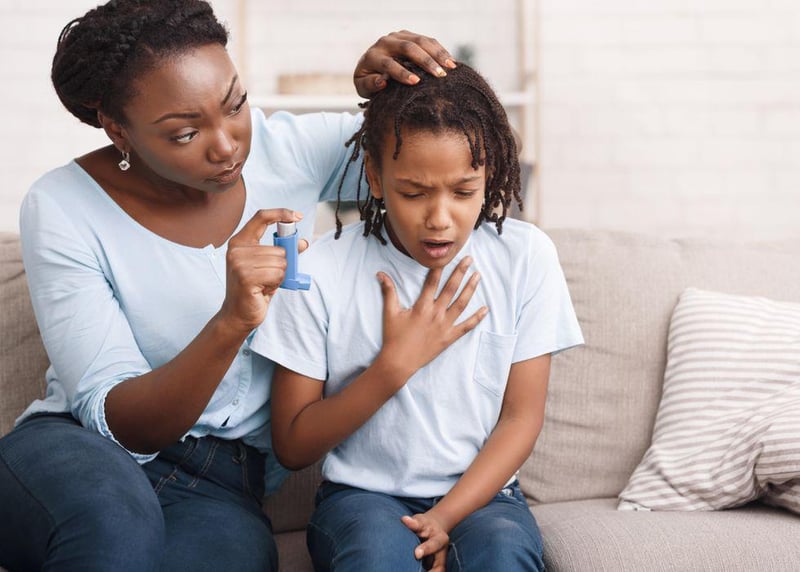Get Healthy!

- Cara Murez
- Posted August 31, 2023
Poorer Neighborhoods Linked to Higher Asthma Rates in Kids
When factoring in why children get asthma, a child's neighborhood may be important to consider.
New research finds that living in a neighborhood during early childhood that has better access to resources was associated with lower asthma incidence. Better resources would include high-quality housing, healthy food, parks, playgrounds and clean air.
Children who were born in these high-opportunity neighborhoods had about 23 asthma cases per 1,000 children compared to 35 cases per 1,000 in very low opportunity neighborhoods. Those in low opportunity neighborhoods had 27 cases per 1,000, the investigators found.
"Understanding neighborhood conditions could help researchers identify vulnerable children who are at high risk for developing asthma,"study author Izzuddin Aris of Harvard Medical School said in a Duke Clinical Research Institute news release.
"This information can also inform efforts by policymakers, researchers, and community groups to improve children's health and foster equity across neighborhoods,"Aris added.
The research was part of the U.S. National Institute of Health's Environmental influences on Child Health Outcomes (ECHO) Program.
For the study, the researchers measured neighborhood conditions using the Child Opportunity Index and the Social Vulnerability Index. These link residential addresses at birth, infancy and early childhood, through age 4.8 years, to census-tract data.
The Child Opportunity Index, which measures neighborhood resources and conditions deemed essential for healthy child development, showed significant associations with childhood asthma incidence.
The Social Vulnerability Index measures factors that make a community more vulnerable after natural or human-caused disasters.
Data from more than 10,500 children at 46 research sites was included in the research. Each had at least one residential address from birth and a parent or caregiver who reported the child's diagnosis of asthma by a physician.
The investigators found that differences in the incidence of asthma persisted even after controlling for sociodemographic characteristics, parental asthma history and the number of births a mother had.
"These findings emphasize the importance of investigating whether investing in early-life health and environmental or social and economic resources can promote health equity in pediatric asthma,"Aris said.
The study findings were published Aug. 28 in JAMA Pediatrics.
More information
The American Academy of Allergy, Asthma and Immunology has more on childhood asthma.
SOURCE: Duke Clinical Research Institute, news release, Aug. 28, 2023

